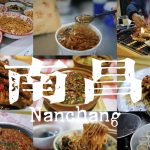Today, as a devoted sour food enthusiast, I want to recommend another small town immersed in sour soup—Kaili, the capital of Qiandongnan Prefecture in Guizhou.
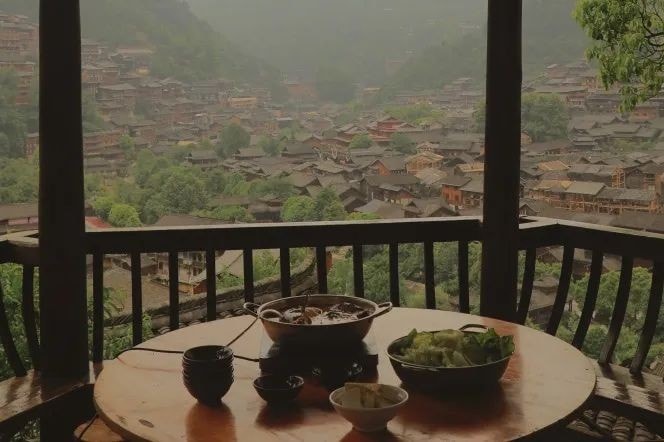
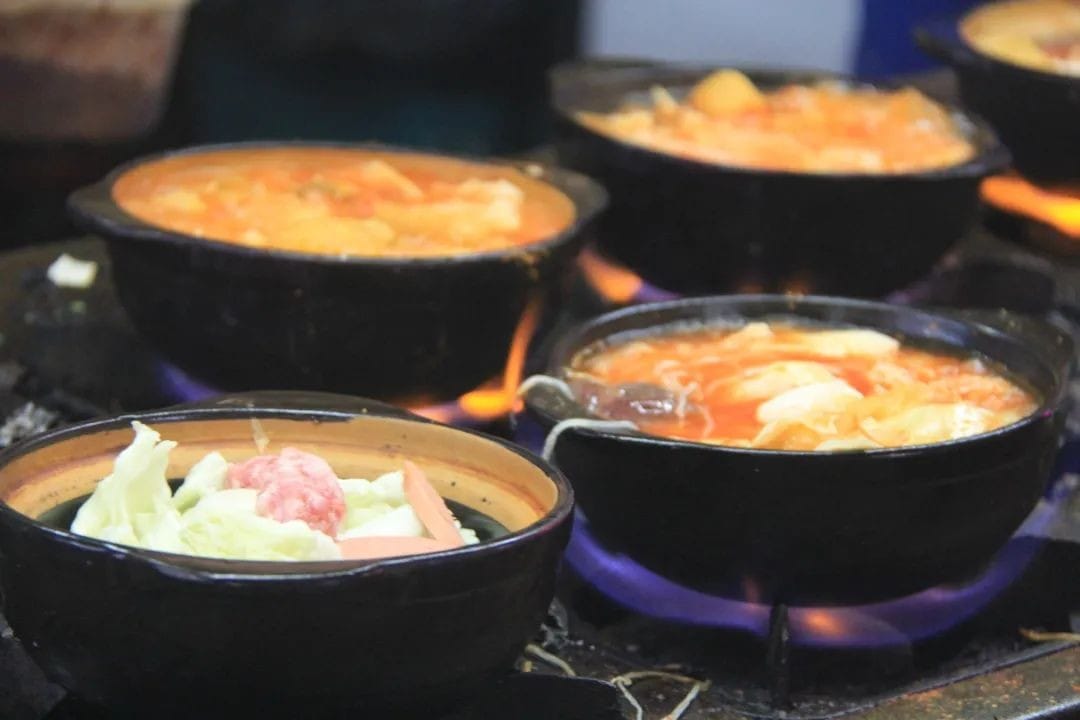
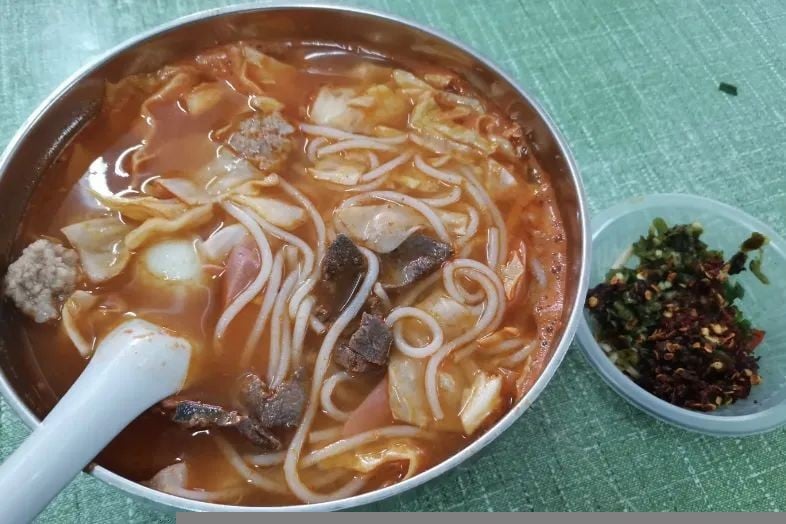
My initial interest in Kaili, this lesser-known destination, was purely due to the films “Kaili Blues” and “Long Day’s Journey Into Night,” both of which were shot in Kaili. The director, Bi Gan, is a local, and through his lens, Kaili is a damp, poetic town.
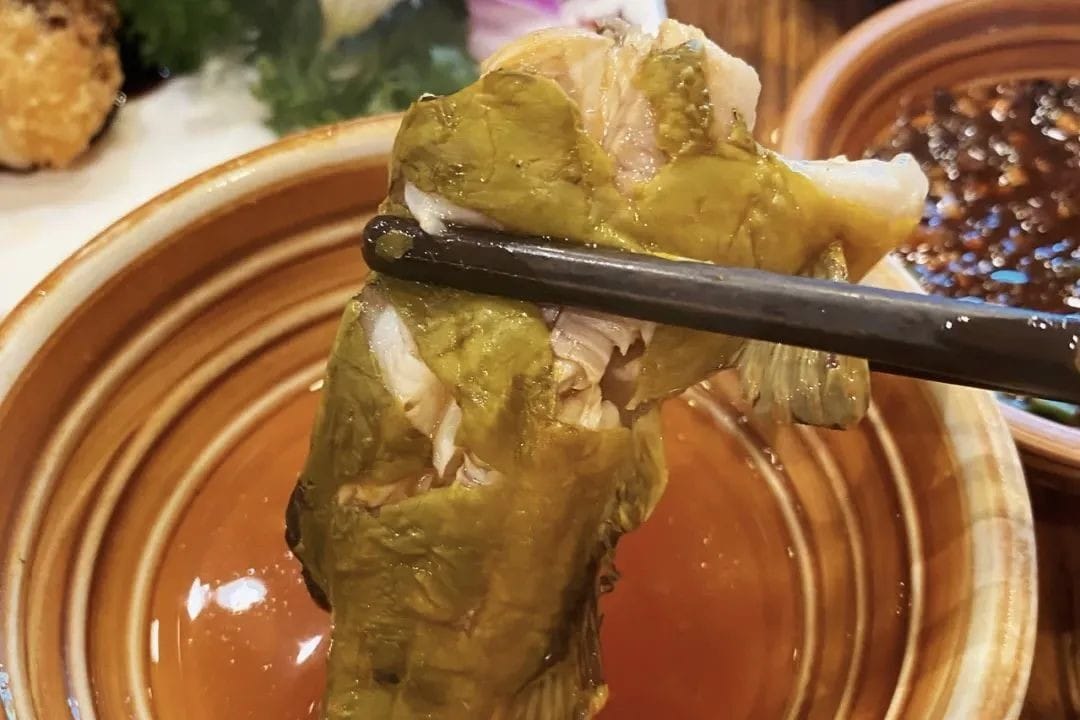
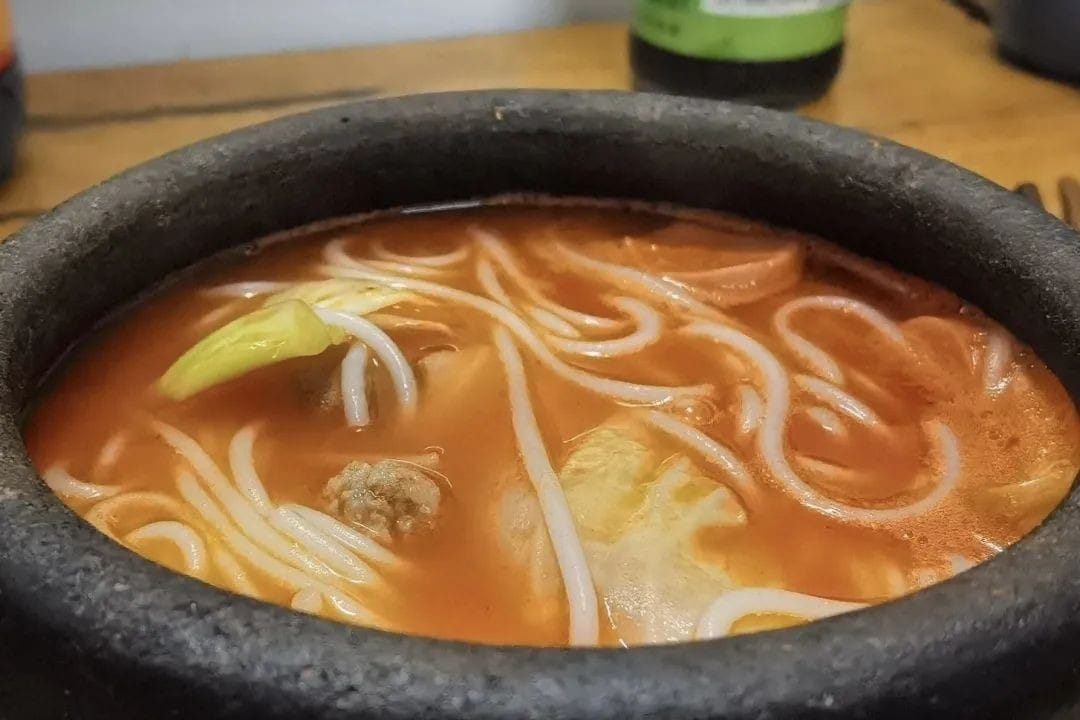
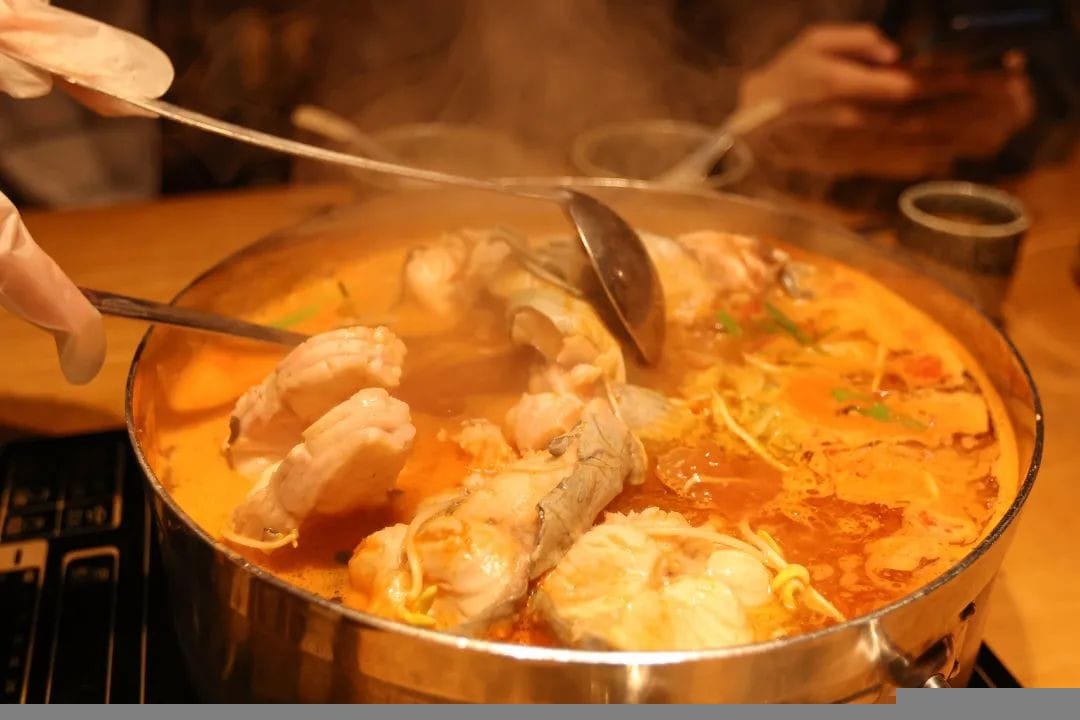
I initially planned to explore the city from a cultural and artistic perspective, but after doing some research, I discovered that Kaili is also a paradise for food lovers, especially for those who love sour flavors.
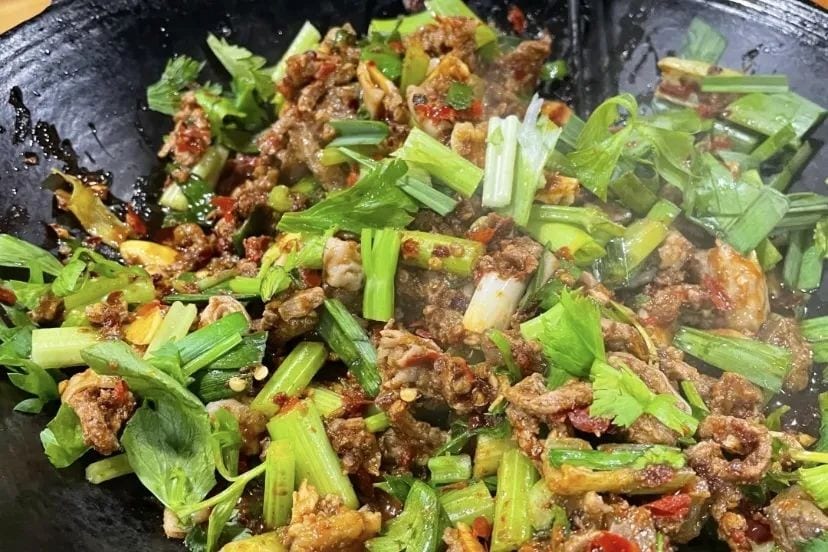
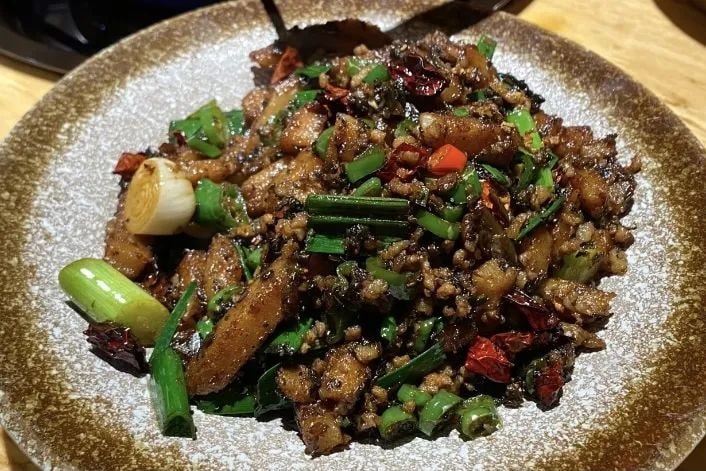
Although there are many places in China where sour flavors are popular—such as Shanxi, where everything is seasoned with a bit of aged vinegar; Zhenjiang, famous for its fragrant vinegar; the Northeast, where sauerkraut is a favorite; and Guangxi, known for its stinky and fragrant sour bamboo shoot snail noodles—

when it comes to the deepest love for sourness, I believe Kaili takes the crown.
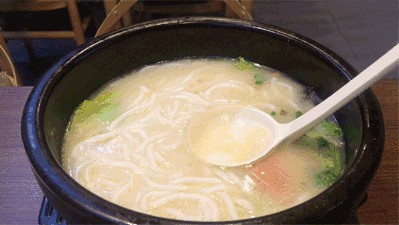
In other places, sourness is often used as a seasoning or side dish. But in Kaili, sourness is the foundation of the food. All ingredients must be simmered in sour soup to truly come alive.
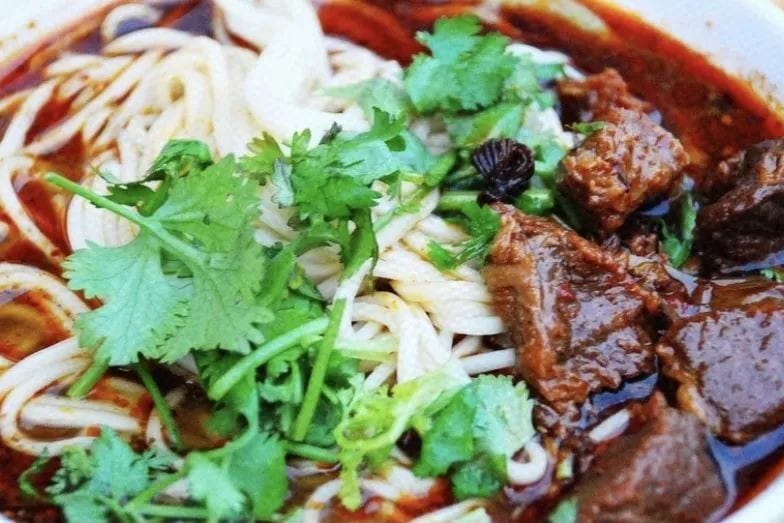
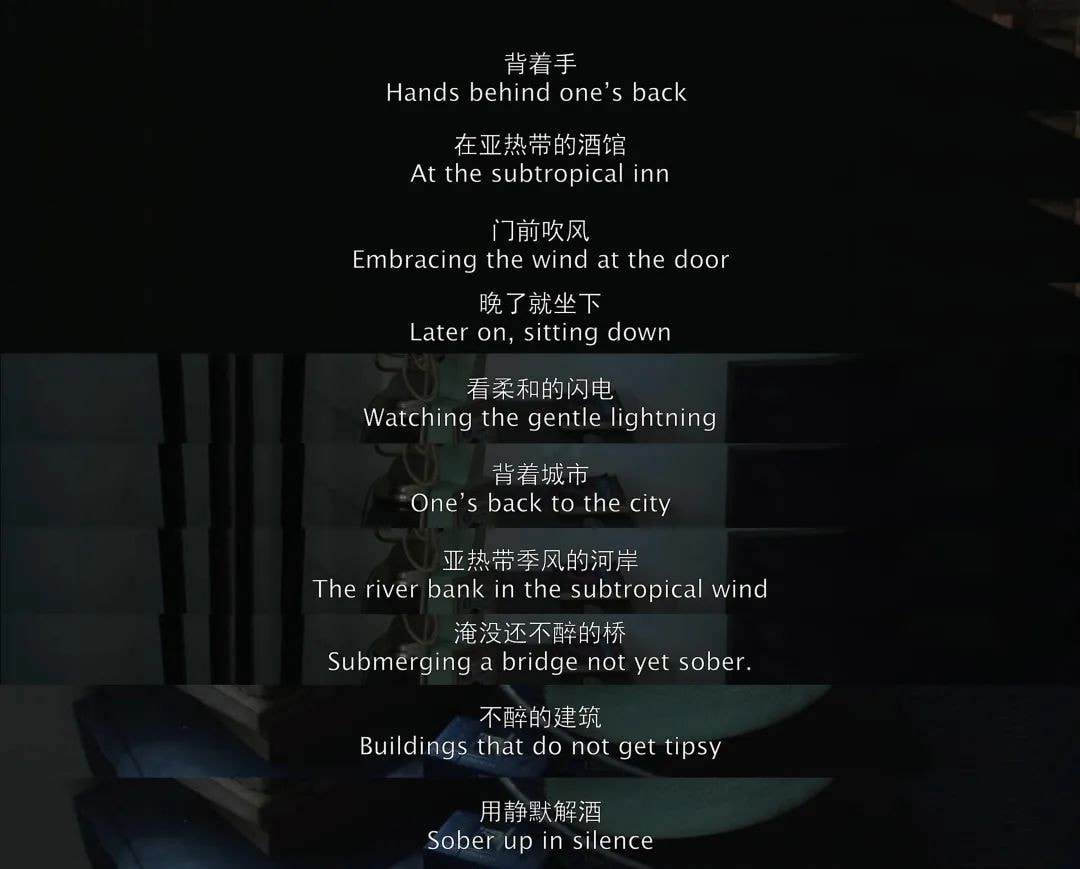
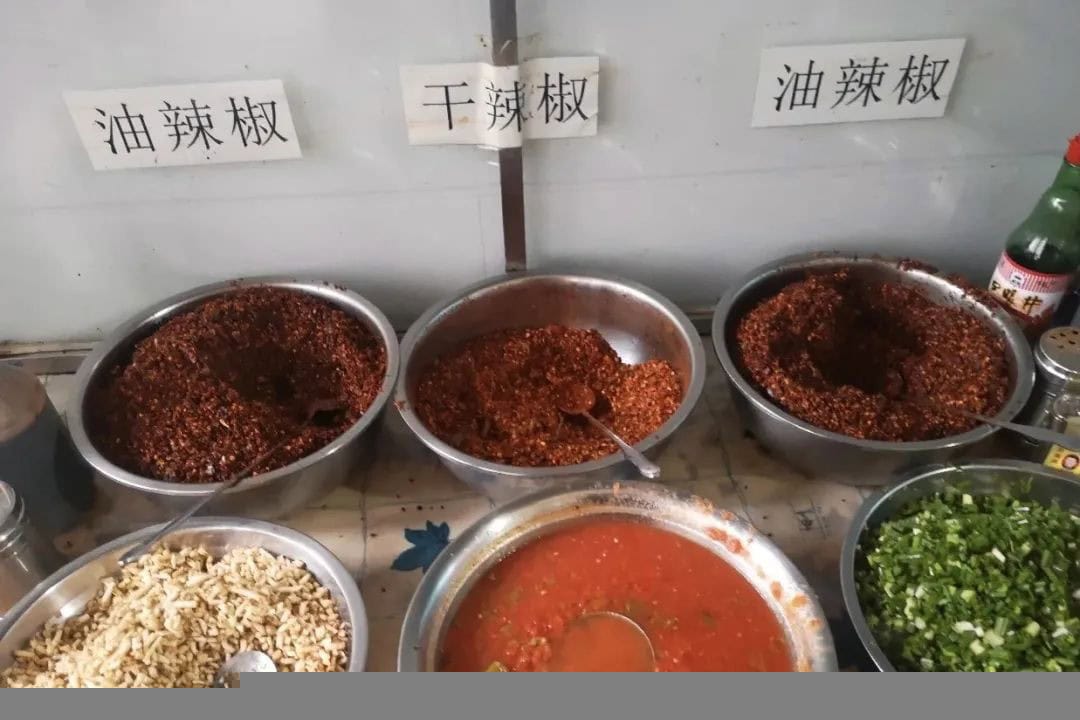
There is a saying locally: “Three days without sour, and walking becomes unsteady.” (Unsteady refers to the wobbly gait)
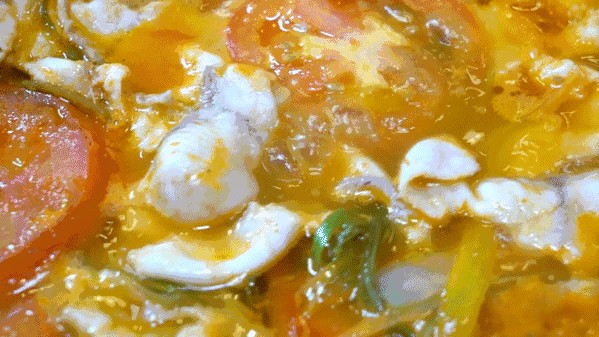
In “Kaili Blues,” there is a poem that reads: “The riverbank of the subtropical monsoon, submerging the bridge that is not yet drunk.” Kaili is located in the subtropical humid monsoon climate of Qiandongnan, with hot and rainy summers. In such damp weather, the taste buds instinctively crave some sour and spicy stimulation.
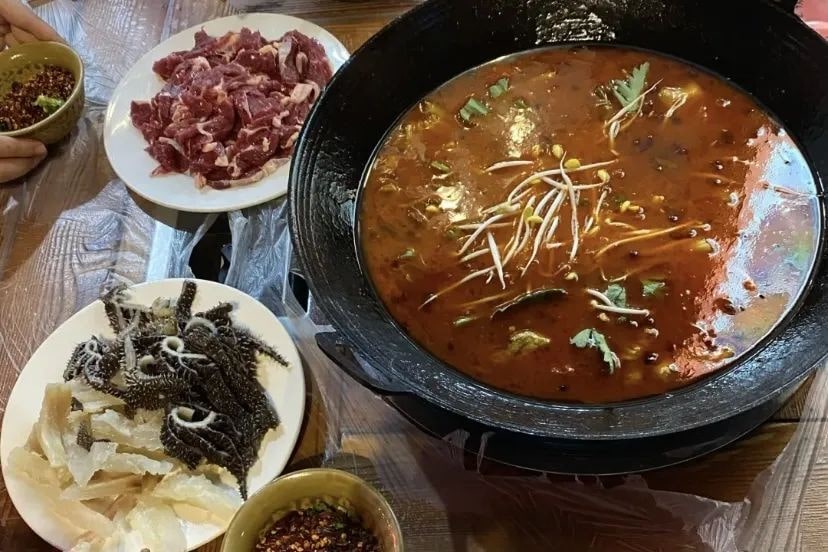
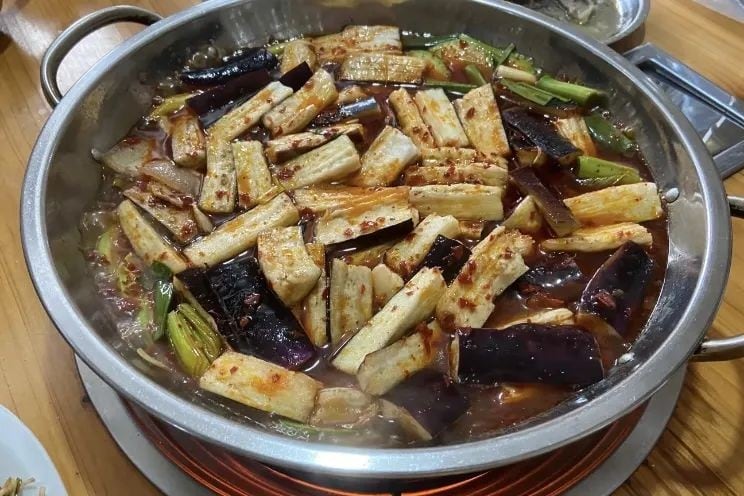
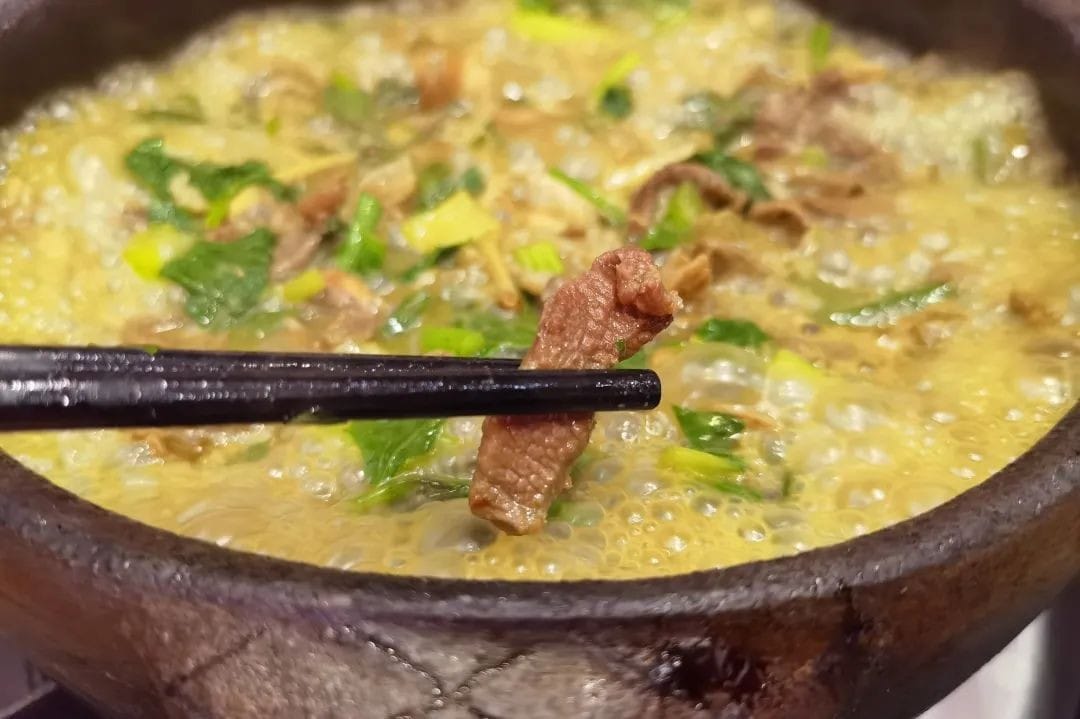
A sip of Kaili sour soup can send the sour and spicy flavors straight to the top of your head, forcing a sweat out of your body. The locals not only don’t find it sticky but feel refreshed instead.
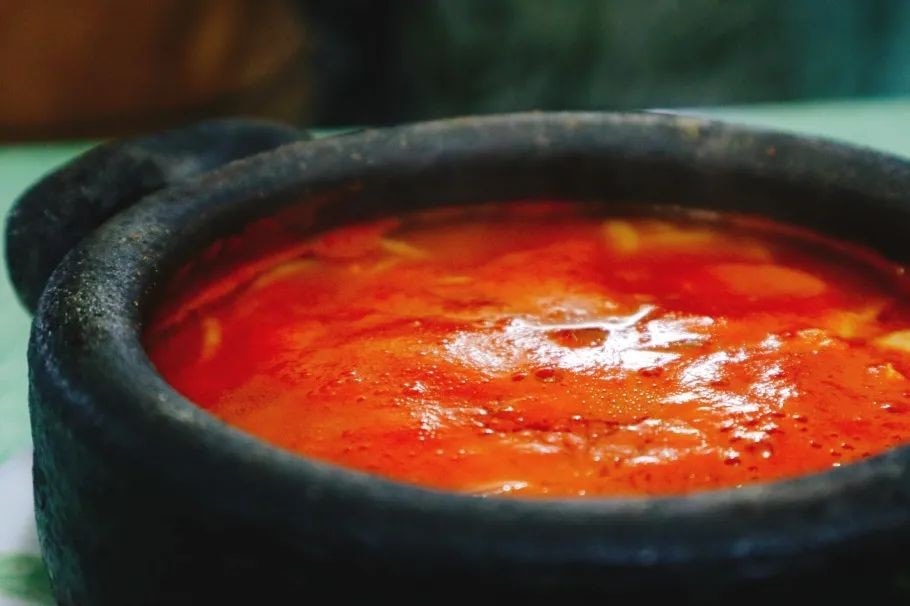
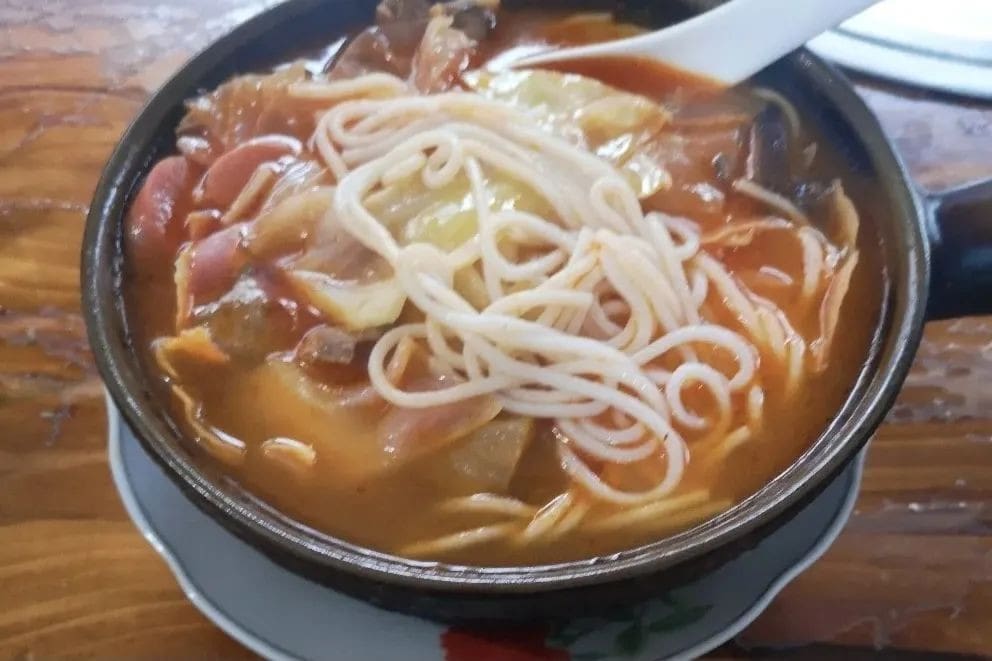
In Kaili, everything can be made into sour soup. The art of sourness may seem simple, but it has many branches.
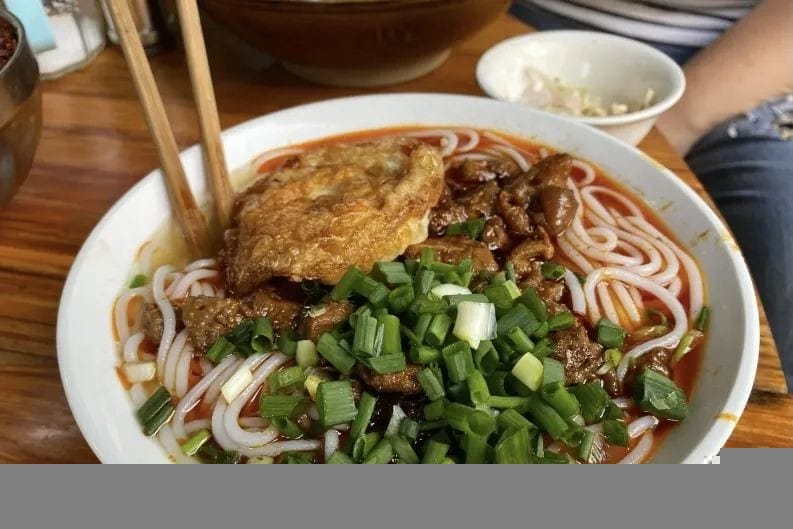
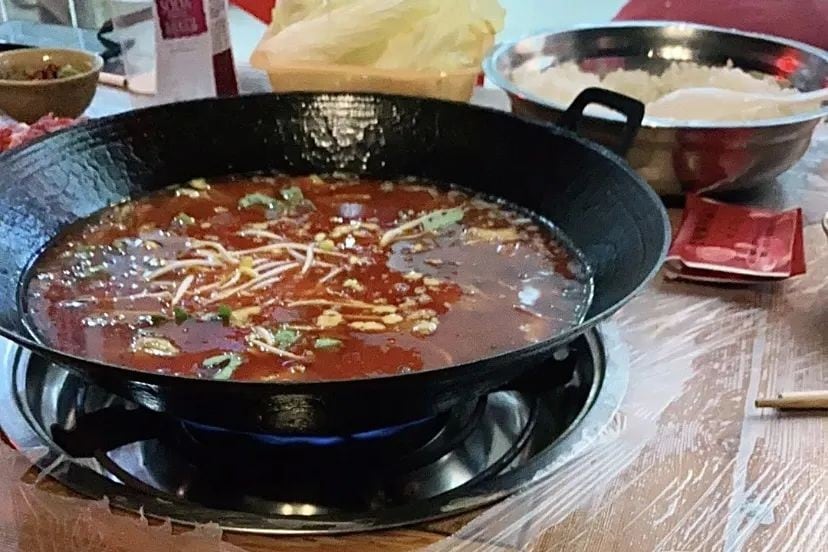
This article will take sourness as the main theme and embark on a journey of tasting Kaili.
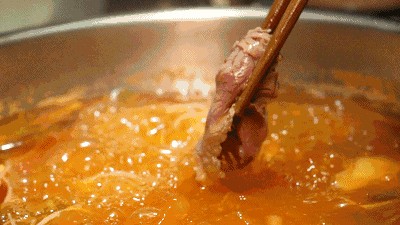
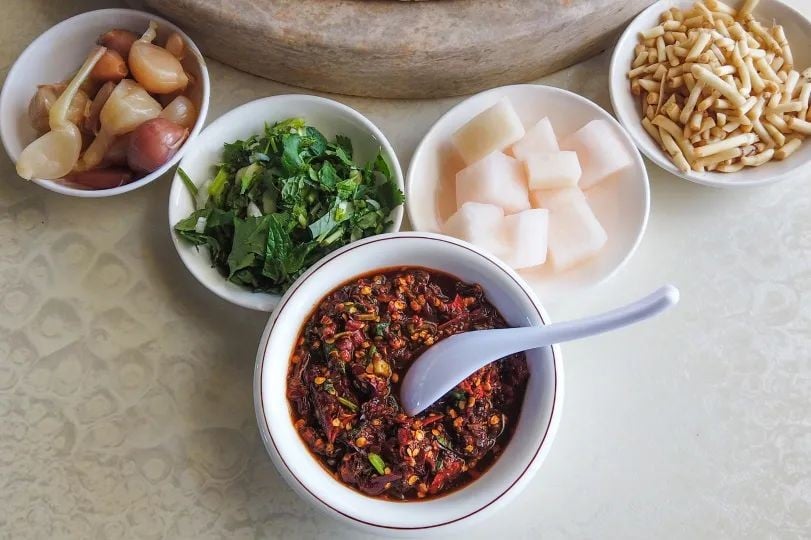
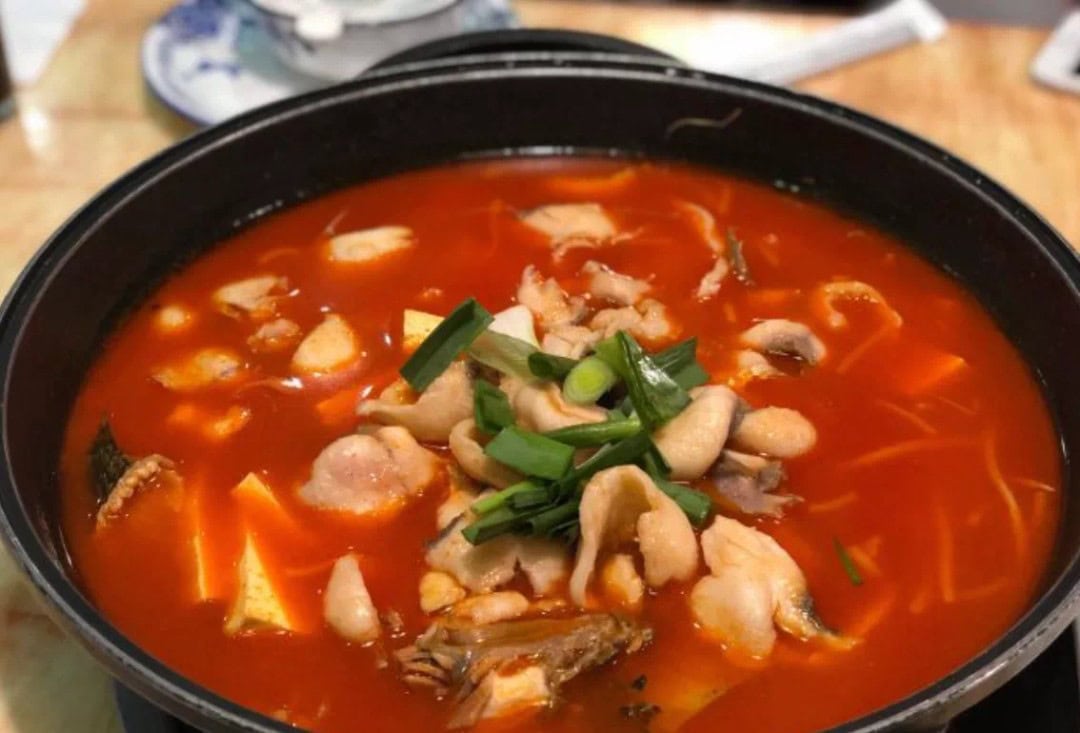
Kaili’s noodles are not just for slurping.
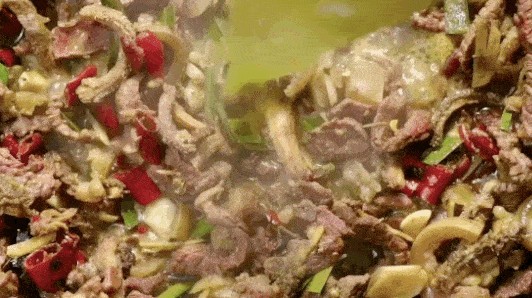
In Kaili, sour soup noodles (also known locally as casserole noodles) and sour soup hotpot are ubiquitous. Sour soup noodles are the preferred breakfast (or hangover cure) for Kaili people, satisfying hunger, cravings, and even hangovers.
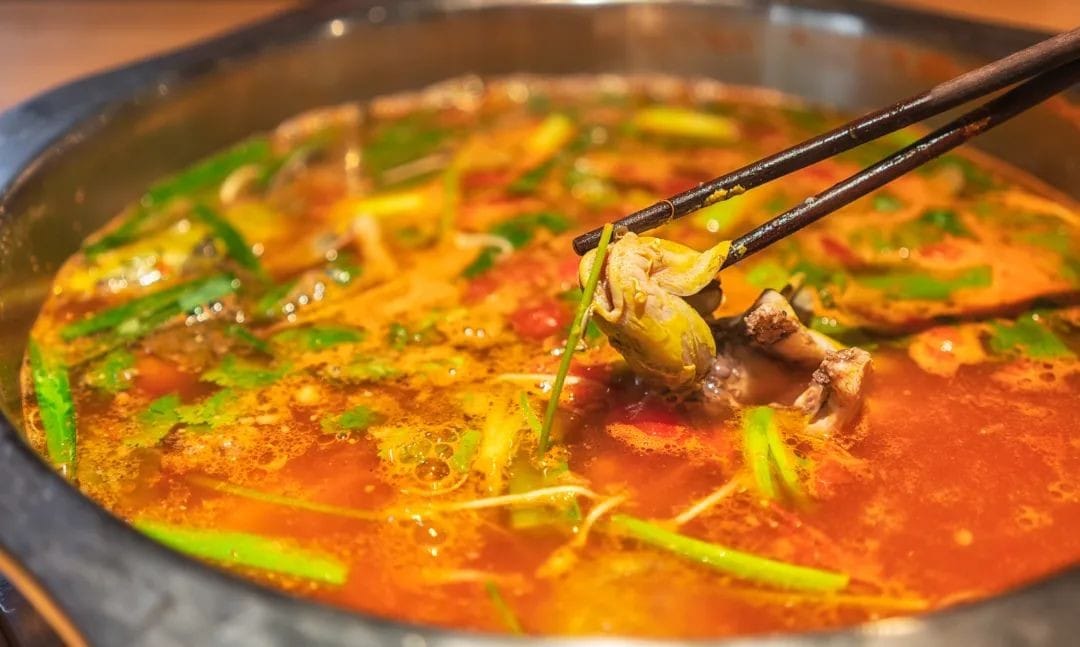
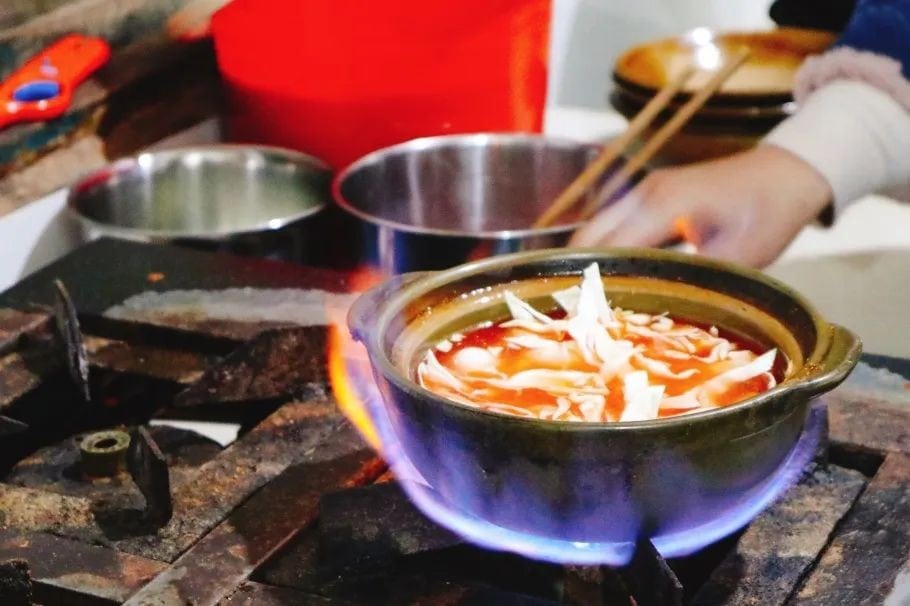
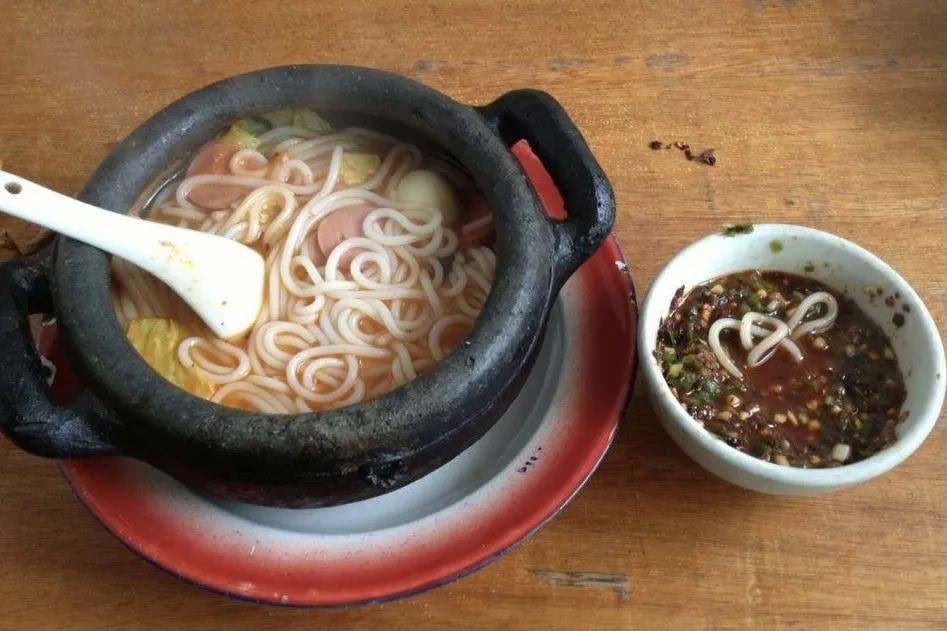
Sour soup is mainly divided into red sour soup and white sour soup, with red sour soup being more common.
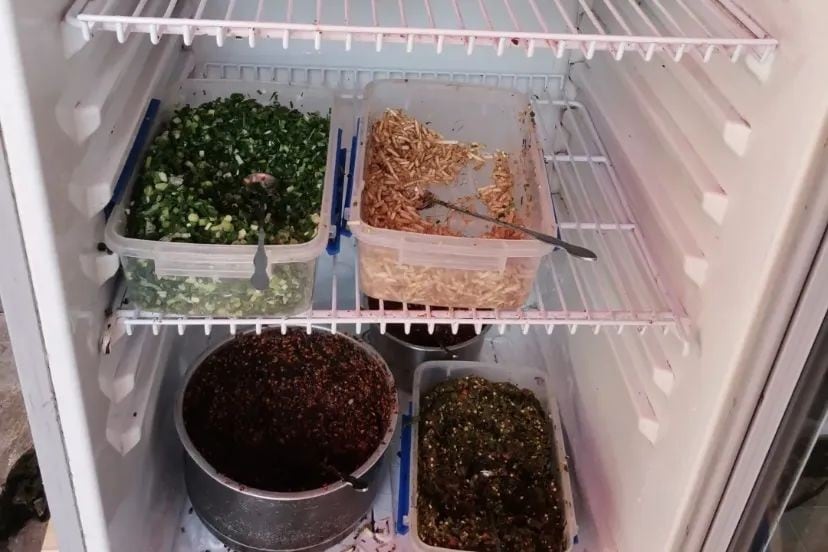
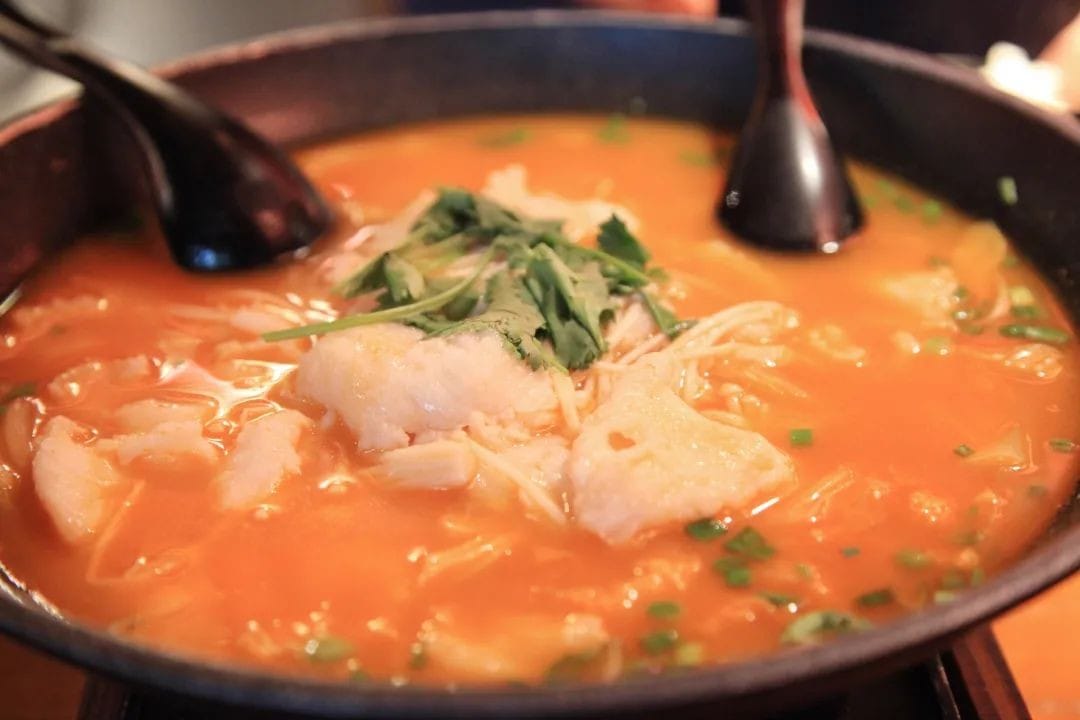
One of the ingredients for red sour soup is the local wild small tomatoes from Kaili. These tomatoes have a plump flesh, a bright red color, and many seeds with clear juice. When chopped and simmered with chili and bone broth, they become red sour soup.
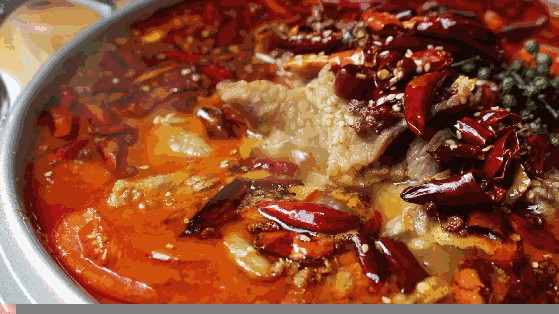
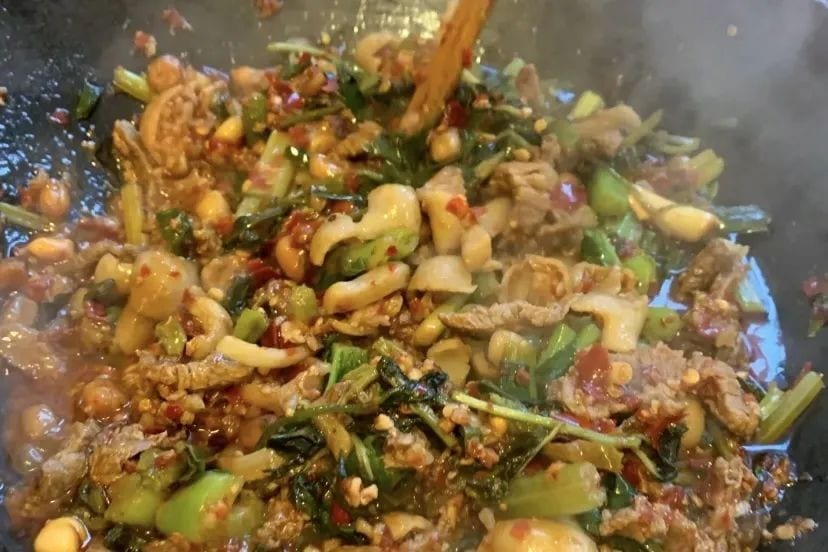
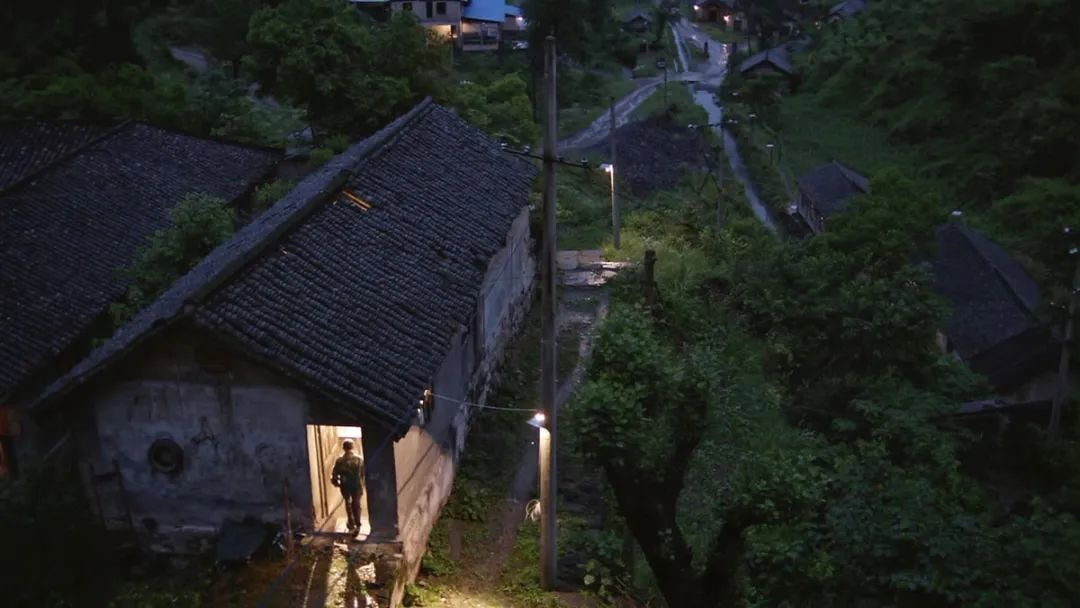
If the soup is not cooked long enough, the flavor cannot fully develop. A long-simmered sour soup has a richer, more mellow sour and spicy taste, spicy but not harsh.
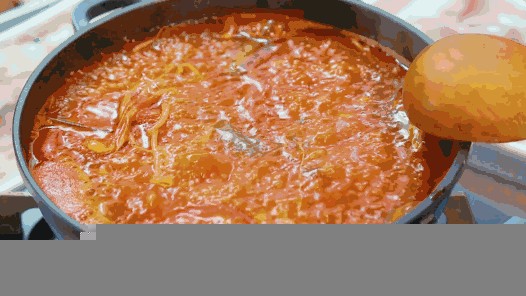
White sour soup, on the other hand, is made from fermented rice water, retaining the original flavor of the rice. The soup is white and tastes sweet and refreshing, with a hint of richness.
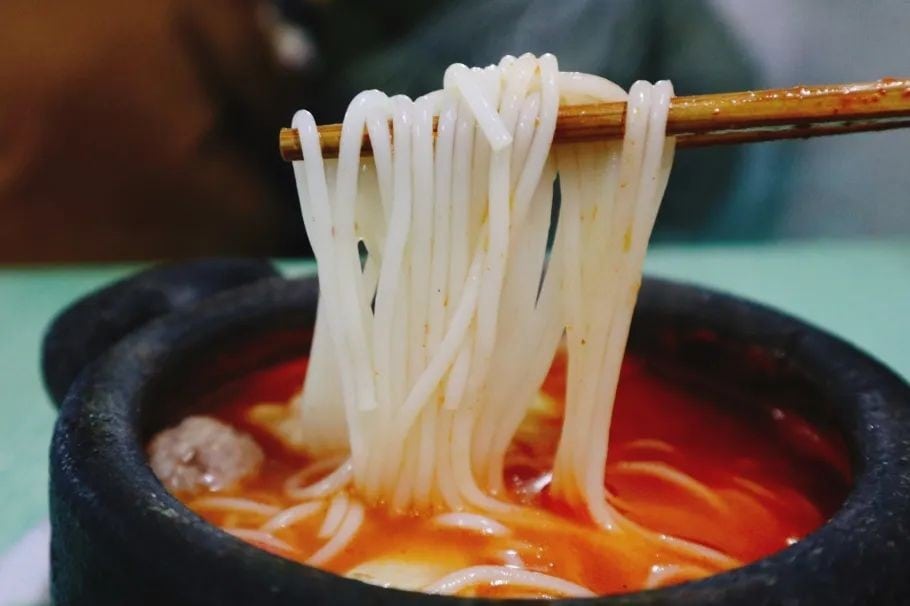
The noodles in sour soup noodles come in two forms: round (Kai Xi noodles) and flat. Round noodles are pressed out of steamed rice, while flat noodles are cut from a whole sheet of rice skin into rectangular strips. Round noodles tend to be more chewy.
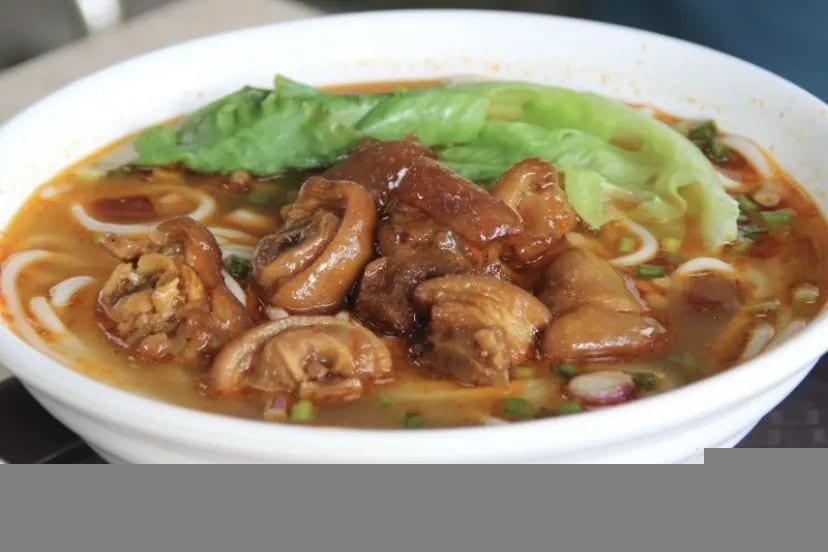
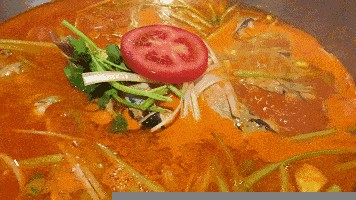
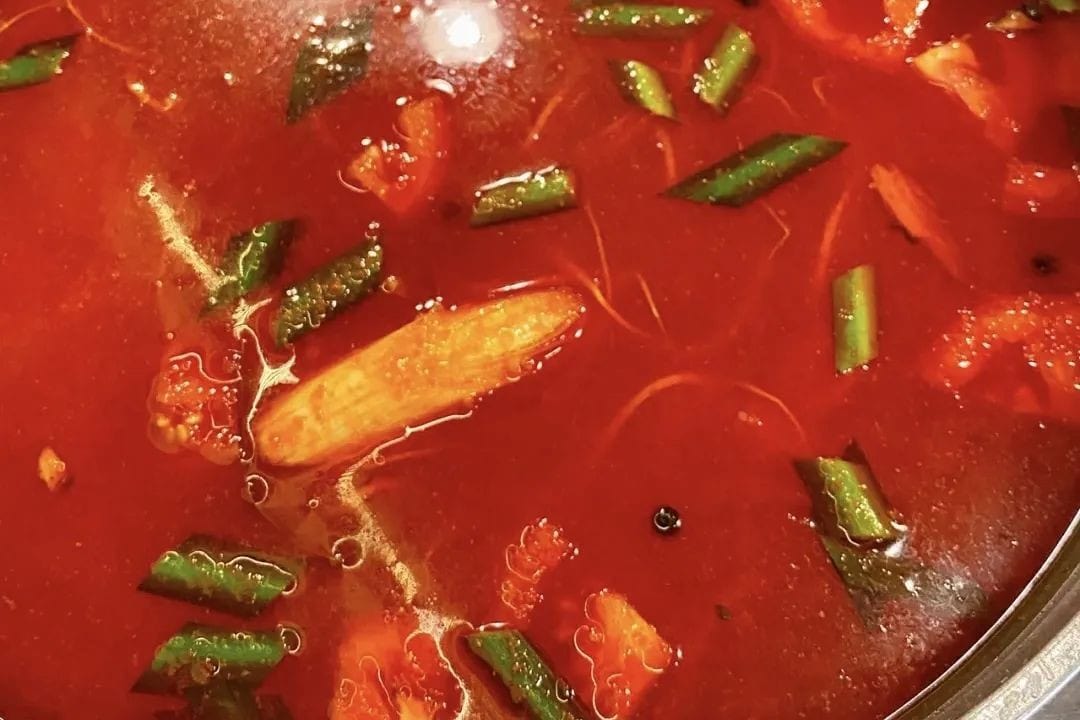
A bowl of sour soup noodles in the morning can open up your appetite and invigorate your spirit.
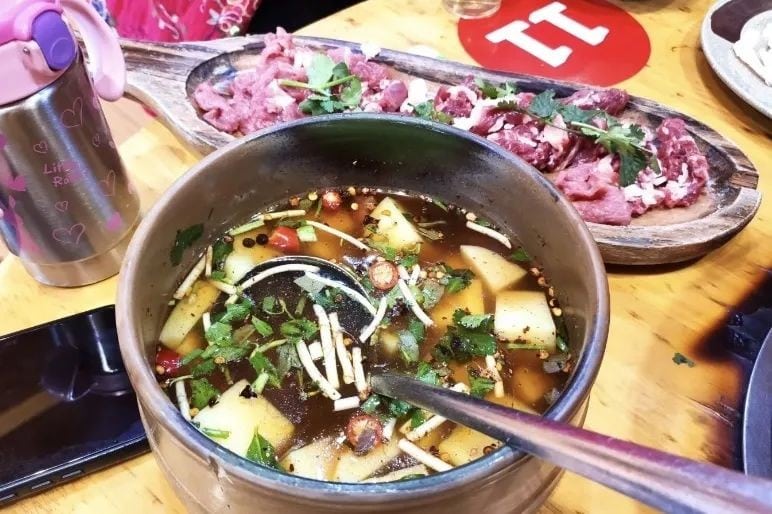
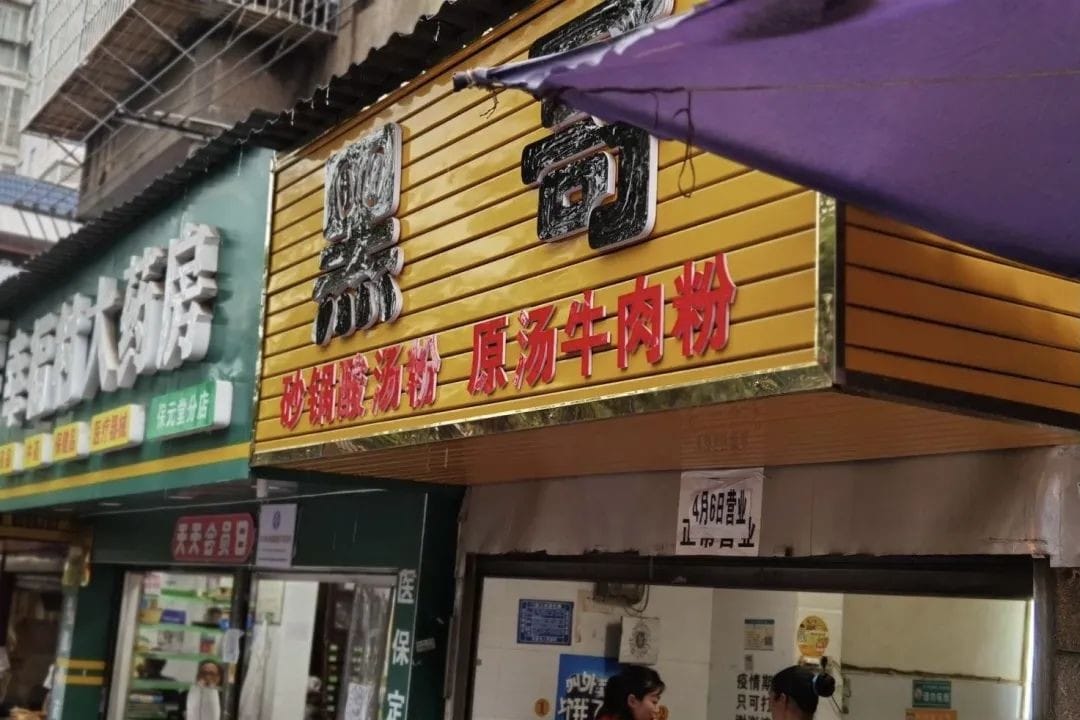
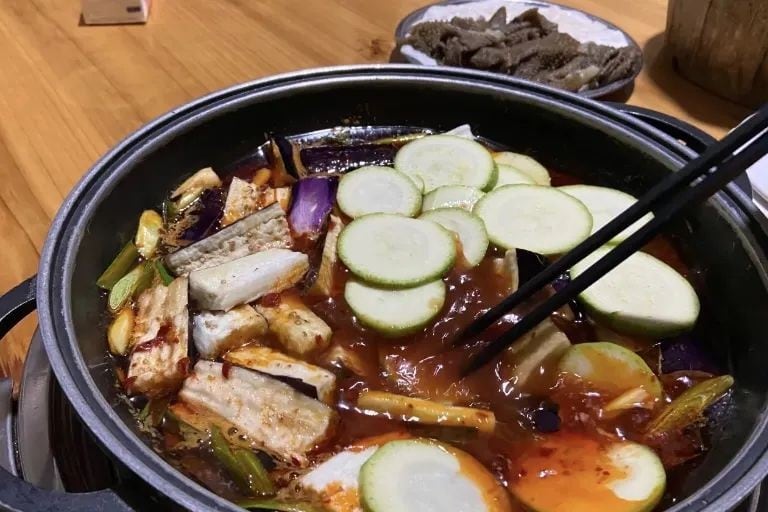
Unlike in other places, sour soup noodles in Kaili are not just “slurped” but also “scooped” out. The noodles are layered with various toppings and need to be scooped from the bottom.

Locals also add dipping sauce, which is eaten with the noodles. Common dipping sauce ingredients include chopped green onion, oil-fried chili, green chili, and mountain pepper, with the essential soul ingredient being fishy-flavored herb (Zhe Er Gen), which locals adore but outsiders find repulsive.
Fortunately, most noodle shops offer self-service dipping sauce, allowing everyone to customize according to their preferences.
Brother He
📍22 North Cultural Road
Brother He’s menu is very simple, offering only sour soup and original soup beef noodles, both priced at ten yuan per bowl.
Image @Liu Yong
The red sour soup is usually ordered, with a stronger sour taste, presented in a black earthenware pot, looking particularly vibrant. It comes bubbling with steam and includes ingredients like beef, handmade meatballs, ham sausage, and quail eggs.
The sour soup has a flavor somewhat similar to Thailand’s Tom Yum, with complex layers of sour, spicy, and sweet tastes unfolding in the mouth. For those accustomed to light flavors, the facial expressions while eating must be quite varied.
For outsiders, the spiciness of the sour soup noodles alone is enough to set the mouth on fire, but locals insist on adding a plate of chili dipping sauce for the full experience.
It must be said that in the national spicy food competition, Guizhou is definitely underrated.
Image @Nickname Cannot Be Empty
Wanbo Noodle Shop
📍Railway New Courtyard, College Road
Wanbo Noodle Shop gained fame from the show “Breakfast China,” so be prepared for queues.
The red sour soup is made from local small tomatoes, and the noodles are authentic Kai Xi noodles. The toppings include cabbage, liver, meatballs, and quail eggs, with the tomato’s acidity hitting the palate directly.
Image @Lei Da Lei
Wanbo’s condiment bar is self-service, offering oil-fried chili, dry chili, and the option to add fishy-flavored herb, homemade crushed tomato sauce, and chopped green onion.
Juanjuan Sour Soup Pork Trotters Rice Noodles
📍3 Shaoshan North Road, Building E, 1st Floor, No. 32
Juanjuan’s signature dish is pork trotters rice noodles with a base of red sour soup. The trotters are braised to be fatty but not greasy, especially tender. The soup also includes pickled peppers, which deliver a subtle yet potent spiciness.
One serving is quite generous, and even smaller eaters can share a bowl between two.
Guanguanxiang Casserole Rice Noodles
📍13 Zhongbo M Building, 1st Floor, Beijing West Road
A sour soup establishment with over twenty years of history, the shop is small but always bustling with customers. The signature sour soup rice noodles come with standard ingredients like meat, ham sausage, meatballs, and quail eggs, along with cabbage, and the red sour soup is particularly delicious.
Image credit: @jennifer
The self-service dipping sauce station offers a wide variety of choices, including chopped green onions, ground Hu chili peppers, oil chili peppers, Sichuan pepper powder, fishy root, mountain pepper, soy sauce, salt, and chicken essence, with the oil chili peppers being especially fragrant.
If you ask me for seasoning tips, I would say that for tourists like me, as long as you don’t add fishy root, any combination is unlikely to go wrong.
Daijia Spicy Chicken Rice Noodles
📍1-17, Building 2, Zhenhua Yujing International, 54 Beijing East Road
Daijia Spicy Chicken Rice Noodles is a long-standing establishment with over forty years of history, a shared taste memory for three generations. The signature spicy chicken rice noodles feature braised chicken offal that is Q- and flavorful, and adding a fried egg makes it even more delicious.
Image credit: @
The shop also offers soft-fried noodles. Soft-fried, crispy-fried, and fishy root are all “highlight” ingredients in Guizhou cuisine. Small meat chunks made from dried three-line meat and lean meat are called crispy-fried if crunchy and soft-fried if chewy. Daijia’s soft-fried is particularly Q-.
Kaili’s Love for Hot Pot Competes with Chongqing
Chongqing is undoubtedly the city in China that loves hot pot the most, but when it comes to the variety of hot pot types, Guizhou is on par, with options like Qianxi Zhanuo Hot Pot, Dafang Fermented Soybean Hot Pot, Guiyang Spicy Chicken Hot Pot, Jinsha Lamb Hot Pot…
Take Kaili as an example, the entire city is filled with sour soup fish hot pot, the birthplace of sour soup fish hot pot. Blindly selecting any shop is unlikely to result in a bad choice.
Moreover, Kaili’s sour soup in the hot pot realm extends beyond sour soup fish to many new branches.
Sour Soup Fish/Beef
In Kaili, the most commonly used ingredients in sour soup are fish and beef.
Sour soup fish hotpot, as the most iconic dish in Kaili, is perhaps one of the few Miao ethnic dishes from Kaili that can be enjoyed elsewhere. There is a Guizhou cuisine restaurant in Hangzhou called “Three Coins,” which the team at Caicai and the editors love. They gather there every so often, and the must-order dish is the signature sour soup fish.
The fish used locally in Kaili are mostly local varieties such as yellow croaker, river carp, rice flower carp, catfish, or grass carp. The fish in the restaurant is usually selected and killed fresh.
After the hotpot starts boiling, it’s customary to drink a bowl of sour soup first. Without exaggeration, friends who don’t usually like sourness might really get a shock from the acidity, which subsides to reveal a burst of subtle spiciness in the mouth. One bowl of soup down, and the stomach is immediately ready for a hearty meal.
A good sour soup remains refreshing from start to finish, even after all the dishes are cooked.
The fish, after being simmered in the red sour soup, becomes tender with a springy skin, its freshness and acidity making even the eyebrows dance.
The beef sour soup hotpot follows the same principle as the sour soup fish, with the “medicine” changed but the soup remaining the same.
🍲 Recommended restaurants: Miao Jia Heng Ling, Pan Tang Ge, Niu Er Zhuang, Niu Gun Dang
Zao La Soup
The biggest difference between Zao La soup and red sour soup is that the chili used to make the soup base is 100% specially made Zao La chili. Zao La chili is made by marinating chopped chili with salt and rice wine for four to five months, adding not only spiciness but also acidity.
Image @Xiao La Ji Mian La La La
The soup base made with Zao La chili is a notch higher in both spiciness and acidity compared to ordinary red sour soup.
🍲 Recommended restaurant: New Century Beef Offal King
Fish Sauce Sour
Fish sauce sour is also a common red sour soup plus in Kaili, with the acidity level rising significantly, making the soup base appear redder and more vibrant.
It is made by the Miao people using fish sauce, highland-specific red chili, mountain pepper, and Miao rice wine, suitable for those who are more adventurous with their sourness.
Image @Xiao Bai Duizhang
The yellow croaker fish, after being soaked in the boiling fish sauce sour soup, becomes exceptionally tender, with no fishy smell at all. Those who don’t like picking bones can also choose to cook yellow beef.
🍲 Recommended restaurant: Lao Teng Fish Sauce Sour
Pickled Soup
Pickled Soup (locally known as “an”) is a more advanced version of fish sauce acidity. At first sniff, it might even seem a bit pungent. It is made by adding vegetables to a mixture of salt, wine, and roasted glutinous rice, which is then sealed in a jar for fermentation. The fermentation process takes about half a year, so when the jar is opened, the smell can be so intense it might knock you out.
Image credit: @
Interestingly, ingredients cooked in pickled soup become increasingly fragrant and addictive with each bite. Friends who enjoy the unique combination of stinky and aromatic flavors should definitely give pickled soup a try.
However, when going to eat pickled soup, make sure to wear clothes that can be quickly washed and avoid washing your hair, as the lingering smell can take a long time to dissipate.
🍲 Recommended shops: Wu Ji Leishan Pickled Soup Hot Pot, Leishan Dasitian Pickled Soup
Shrimp Acid
Shrimp acid is a specialty of Dushan County, Guizhou, alongside salt pickles and stinky acid, collectively known as the “Three Acids of Dushan.” Like stinky tofu and pickled bamboo shoots, foods with shrimp acid are smelly to the nose but delicious to the taste.
Image credit: @
In Kaili, a common pairing is shrimp acid with beef and intestines hot pot. Although it’s called a hot pot, it’s more of a dry mix, offering a combination of sour, spicy, and stinky flavors that Sichuan and Chongqing natives would likely find irresistible. One pot can easily accompany several bowls of rice.
🍲 Recommended shops: Shrimp Acid Beef Intestines (Zhongbo Branch), Shrimp Acid Beef Hot Pot
Image credit: @Zzixin
Cow Bile Soup
The most authentic cow bile soup is actually found in Rongjiang County, Guizhou, but it can also be found in Kaili. Cow bile soup is considered the darkest hot pot in Kaili. At first glance, the overall color of the hot pot is the most reassuring shade of green.
Cow bile soup is also known as the “Hundred Herbs Soup.” The term “bi” refers to the partially digested contents in an animal’s stomach and small intestine. When eating bi, it’s hard not to question, “Am I really not eating 💩?”
The hot pot is prepared by adding cow bile, along with spices like Sichuan pepper, ginger, tangerine peel, and herbs. It is then boiled slowly, and the foam and impurities on the surface are removed. After filtering, additional seasonings are added, and the cow bile soup is ready.
A well-prepared cow bile hot pot is not as unpalatable as one might imagine. Compared to ordinary hot pots, it simply has a slight medicinal bitterness, with a sweet aftertaste.
In addition to the soup pot version, there is also a yellowish-green dry pot version, which is easier to eat and offers a mix of spicy and slightly bitter flavors, creating a unique taste experience.
Cow bile soup is perfect for those seeking a culinary adventure while traveling. Traveling is not easy, and sometimes, eating “bitterness” is the way to go.
🍲 Recommended shop: Rongjiang Zhongcheng Xiao’s Cow Bile Soup
Everything Can Be Sour Soup
In addition to sour soup noodles and sour soup hot pot, sourness is omnipresent in Qian cuisine.
Sour soup rice tofu is a representative snack among them. Made with white sour soup as the base, the rice tofu is crafted from Guizhou-style rice (brown rice), giving it a strong rice aroma that melts quickly in the mouth, somewhat resembling the rice cakes of Fujian. When eaten with sour soup, the overall flavor is a refreshing sour and spicy.
Image credit: @Shi Buyi
Sour vegetable fried gray cake is another dish worth trying. Though it may look ordinary, a bite of the gray cake reveals a pleasant surprise. Gray cake is a type of alkaline water food, made from water filtered through rice straw ash and glutinous rice, with a texture similar to jelly.
🥣 Recommended shop: Miao Ge
Image credit: @Never
In Kaili, one must not miss the sweet soups that also incorporate sourness, such as the signature iced plum soup. The soup is a vibrant red, with juicy plums that offer a tangy and sweet taste, perfect for a quick summer refreshment.
Some plum soups contain not only plums but also seasonal fruits like lychees and loquats, offering a surprise like opening a mystery box depending on the season.
🍶 Recommended shop: Original Ecological Wen’s Iced Plum Soup, the first in Kaili
Image credit: @Chengdu Foodie
Kaili’s journey of seeking sourness ends here. Writing this late at night has certainly whetted my appetite…
If you visit Guizhou, please do not just treat Kaili as a transit point for visiting the West River Miao Village. That would be a real pity for your taste buds.
This article was written from March to April, and the desire to go out and eat has grown stronger. However, this spring has not been so kind to the people of Jiangsu, Zhejiang, and Shanghai. I hope the new month brings new changes and ends this troublesome epidemic soon!


